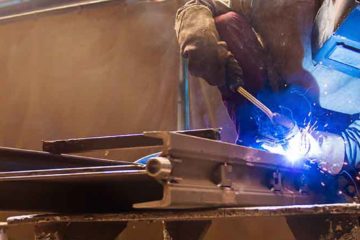Computers
Not that many years ago, people could choose not to use computers. In fact, many people did not have access to a computer at home or at work. But things have changed. According to Statista, as of 2019, 89.3% of US households have a computer. And many of the last 10% likely have access to a computer some other way—through work or via a friend or relative. What this means is that computers are no Read more…
